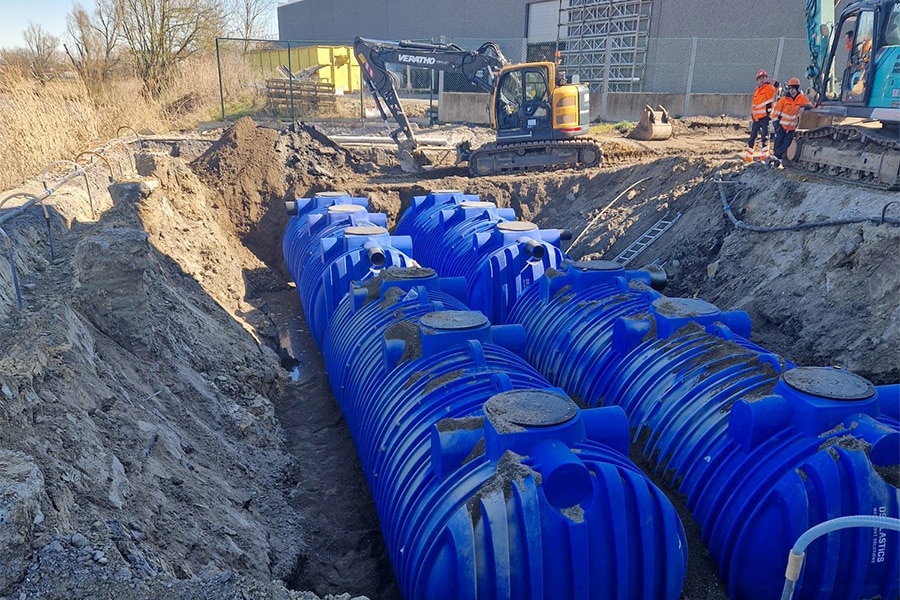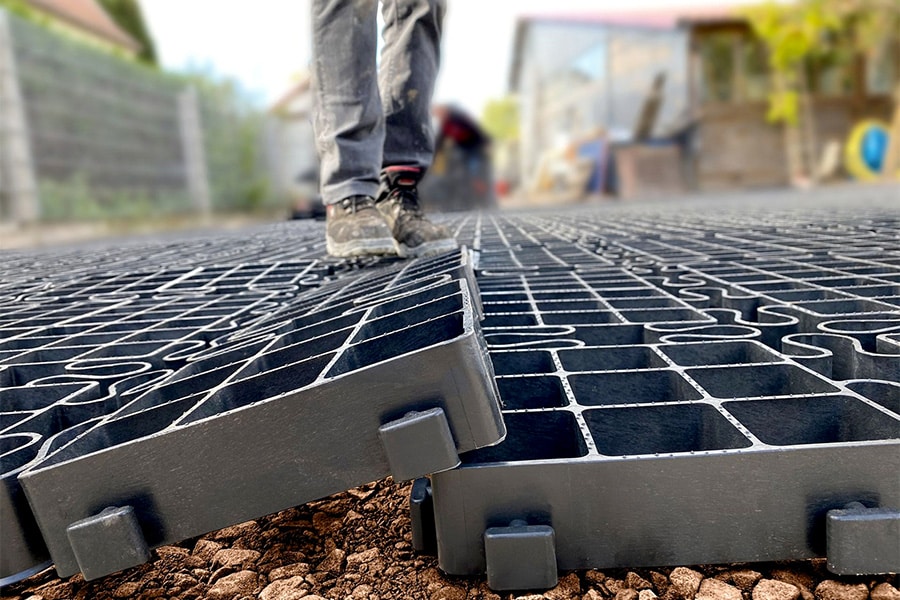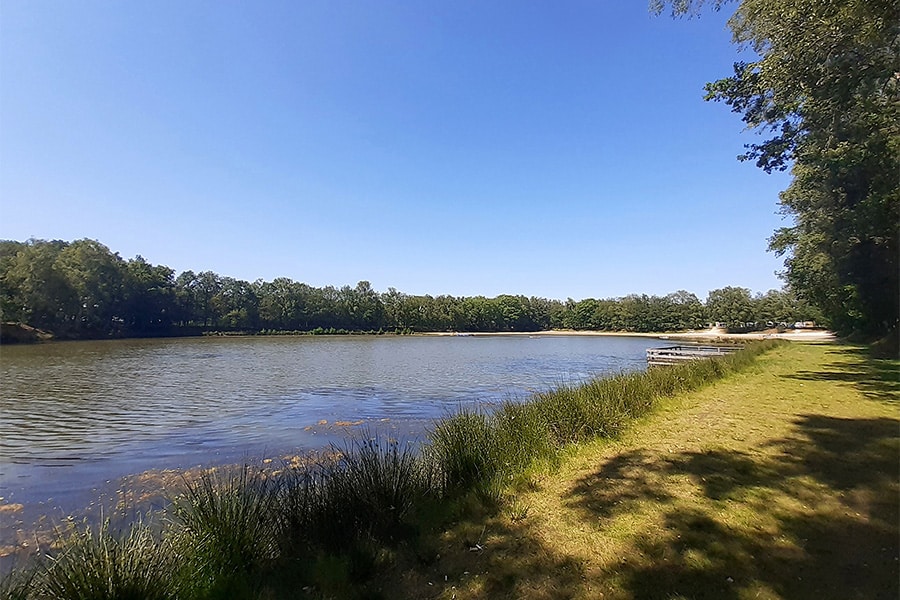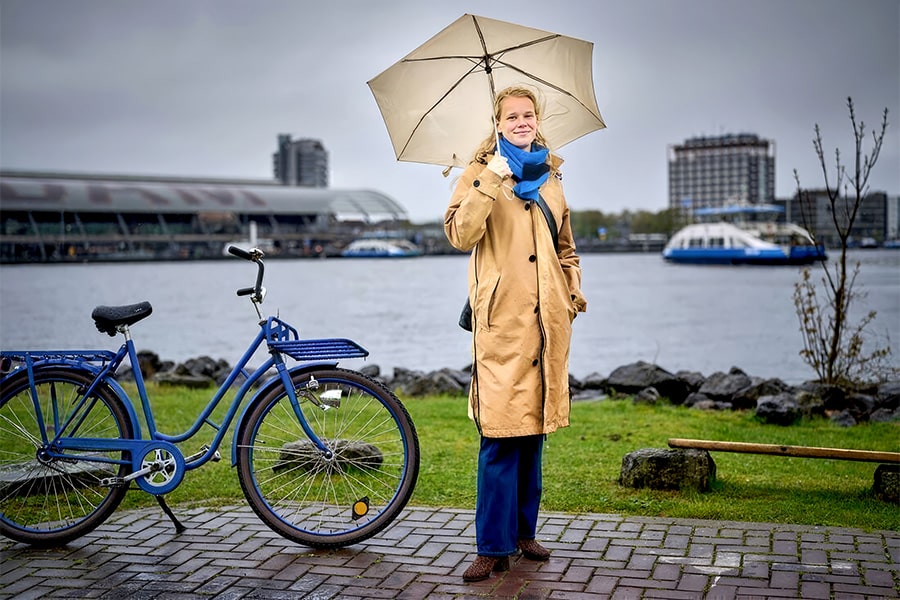
Strukton Immersion Projects signs contract for sinking Scheldt tunnel
The new tunnel under the Scheldt River is part of the Antwerp Ring Road and will improve traffic distribution. Lantis, the client of the Oosterweel connection, awarded the construction of the tunnel to Temporary Partnership COTU last summer. Recently, Strukton Immersion Projects was commissioned by TM COTU to sink the tunnel.
The Oosterweelverbinding project will be one of the largest infrastructure projects in the Antwerp region, with an impact on livability and accessibility and will be implemented until 2030. With it, Lantis is initiating the transition to other forms of mobility that are more sustainable and will lead to better accessibility of Antwerp. One of the projects is the realization of the Scheldt Tunnel, the new tunnel under the river Scheldt.
Strukton Immersion Projects signed for the raising, mooring, immersion preparation and installation of the eight tunnel elements of the Scheldt Tunnel. This includes immersion engineering, preparation and various temporary structures. Strukton started the engineering work immediately. Sinking of the tunnel elements is expected to take place in 2024.
For the construction of the Scheldt Tunnel, Strukton is deploying its rich specialist knowledge and experience in the field of immersion. Previous similar projects successfully completed by Strukton Immersion Projects include the Busan-Geoje Fixed Link Project in South Korea, the Chioggia Water Dam near Venice and the caissons for the foundation of the 1915 Çanakkale Bridge in Turkey, the largest cable-stayed bridge in the world.
The Scheldt Tunnel is the most important link in the Oosterweel connection, connecting the left and right banks of the Scheldt. The tunnel consists of a land tunnel and a immersion tunnel with a total length of 1,800 meters. For this purpose, eight tunnel elements measuring 160x42x10 meters and weighing about 60,000 tons will be built in the port of Zeebrugge and then floated to Antwerp via the North Sea and the Westerschelde.



